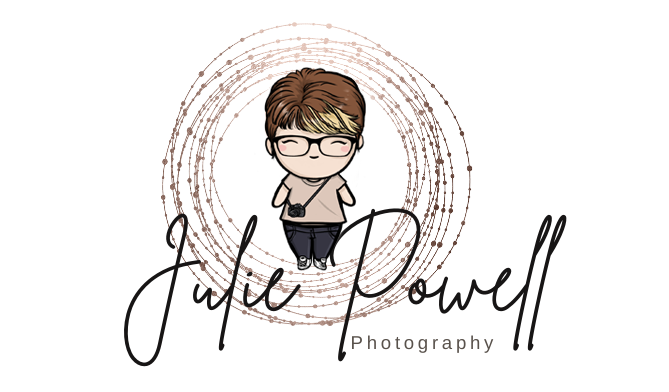Why you need to try tethering
Whether you’re lucky enough to be able to shoot wirelessly or not, there are some real benefits to shooting tethered, particularly in Capture One. I have been using it in the studio for months now and I don’t think I want to shoot any other way. But how do you get started with tethering, and what are the benefits? Read on.
What is tethering?
Tethering is the ability to connect your camera to a computer (and soon, your iPad) via a wired or wireless connection to programs like Capture One in the studio (or on-location).
It’s an amazing way to shoot. Often seeing what you are shooting on a small LCD screen on the back of the camera is frustrating and you can’t always get a feel for what an image looks like on a larger scale. Tethering to a laptop or PC monitor also allows you and others in the studio to see what is being captured, as you are capturing it.
How to tether
Capture One offers the ability to tether via Wi-Fi on certain cameras, sadly not mine. Bryan wrote a great article on setting up wirelessly. But if your camera is more like my Sony a7R III then you might need to go the wired connection. You can check up the full list of what’s what for Sony and Canon here.
To Live View or not
Live View gives you the option to control your camera remotely. It’s a little tricky but basically, you can adjust ISO, aperture, shutter speed and even move your focus point. It does appear as an additional window in Capture One, which I personally found a little annoying.
This can be handy if you have your camera set up on a tripod and are shooting from across the room. You can focus tethered, but it’s not super intuitive. You have to use the Camera Focus tool, located in the Live View window. Not all cameras are supported, though, like my a7R III. So if you aren’t able to adjust focus in Capture One, you’ll have to do so from the camera.
Personally, as I am mostly shooting portraits in the studio, I prefer not to have the Live View function on and have complete control over my camera. I have my laptop set up next to me on a table. The images will then appear on the screen as they are captured (even without the Live View on). I can zoom in and check details up close. Everyone else in the studio, hair and makeup, designers and models, as well as clients, can see the images in detail. it really is a valuable tool.
Additional benefits of tethering
Not only can anyone and every see the shots captured, as they are captured, but you can also edit on the fly. Changing crop, exposure, color and anything you normally use to edit can be done right there in the studio. Talk about a game changer.
Especially if you are using sessions, then any and all edits and changes made can be kept and moved to another computer for further editing. A copy of all images will be on your camera’s SD card as well as on the tethered PC. The changes will on be kept within the sessions folder on your laptop.
Shooting tethered also allows the ability to share with others via Capture One Live. This is another game changer for Capture One. I love that everyone can see the images as they are captured and make changes. Models and clients can check poses, rate and color code images, whether they’re at the studio with you or halfway around the world. Being able to see the images, you can double-check hair, makeup and outfits.
Even when not shooting portraits, the list of benefits of live tethering in Capture One for product photography, still life and more. Then there are other benefits like the Overlay feature.
Who should be tethering?
If you shoot in a studio, or even on-location but not really moving around, then tethering might just be the answer you’re looking for. If you shoot portraits, still life or product photography then all these can all benefit from tethering. If you can take a laptop and connect your camera, you’re good to go … tethering is simply fantastic for any photographer.







